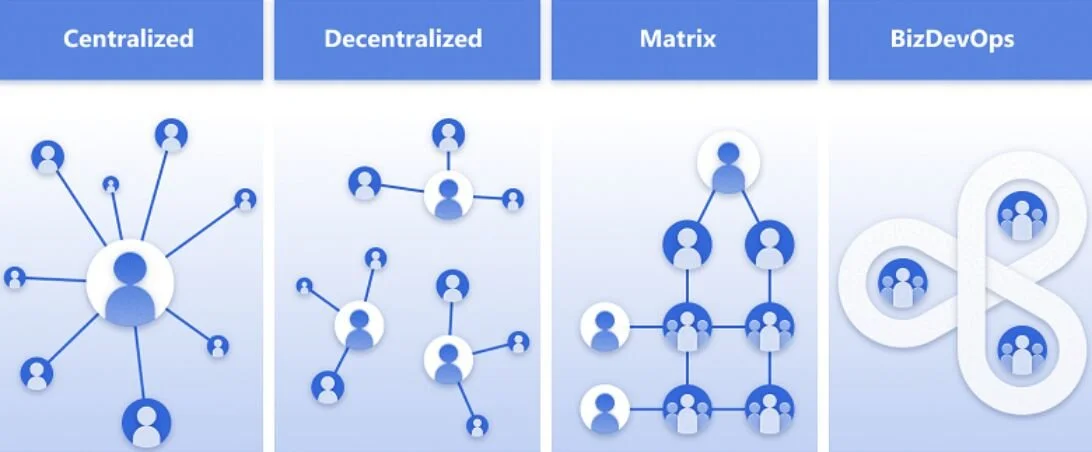Power Platform Implementation for Your Organization
Which model of Power Platform implementation suits your organization? 👇🏽
These structures can work as mental models that help implement the Power Platform & decide how to structure your team. Most organizations will be along the continuum of these and include elements of each.
Here are 4 to consider:
1. CENTRALISED
This approach involves the formation of teams comprising product owners who are responsible for overseeing the low-code development of solutions for various departments within the organization.
For instance, enterprise architects are accountable for managing the middle tier and services, as well as ensuring that data is readily available for those creating solutions. On the other hand, central IT is responsible for administering licensing and systems that are utilized by all members of the organization.
2. DECENTRALISED
Under this model, you establish several teams throughout the organization situated in close proximity to the daily operations of different departments. These teams function autonomously, developing applications within established guidelines but still require some degree of centralized governance. It can be an effective self-service option.
3. MATRIX
This combines the strengths of the decentralized and centralized models. Local teams made up of citizen developers are connected with experts from the centralized structure, to ensure nothing is getting lost between those doing the day-to-day work and those building the apps. It’s a powerful model and can enable thousands of people working on app creation.
4. BIZDEVOPS
The pace of rapid app development is dependent upon the ability of operational teams, such as IT, to support them. BizDevOps creates a strong relationship between app developers and operational teams. Their contributions create a continuous cycle of improvement.
What about you?
What mix of these have you used in your Power Platform implementation?

